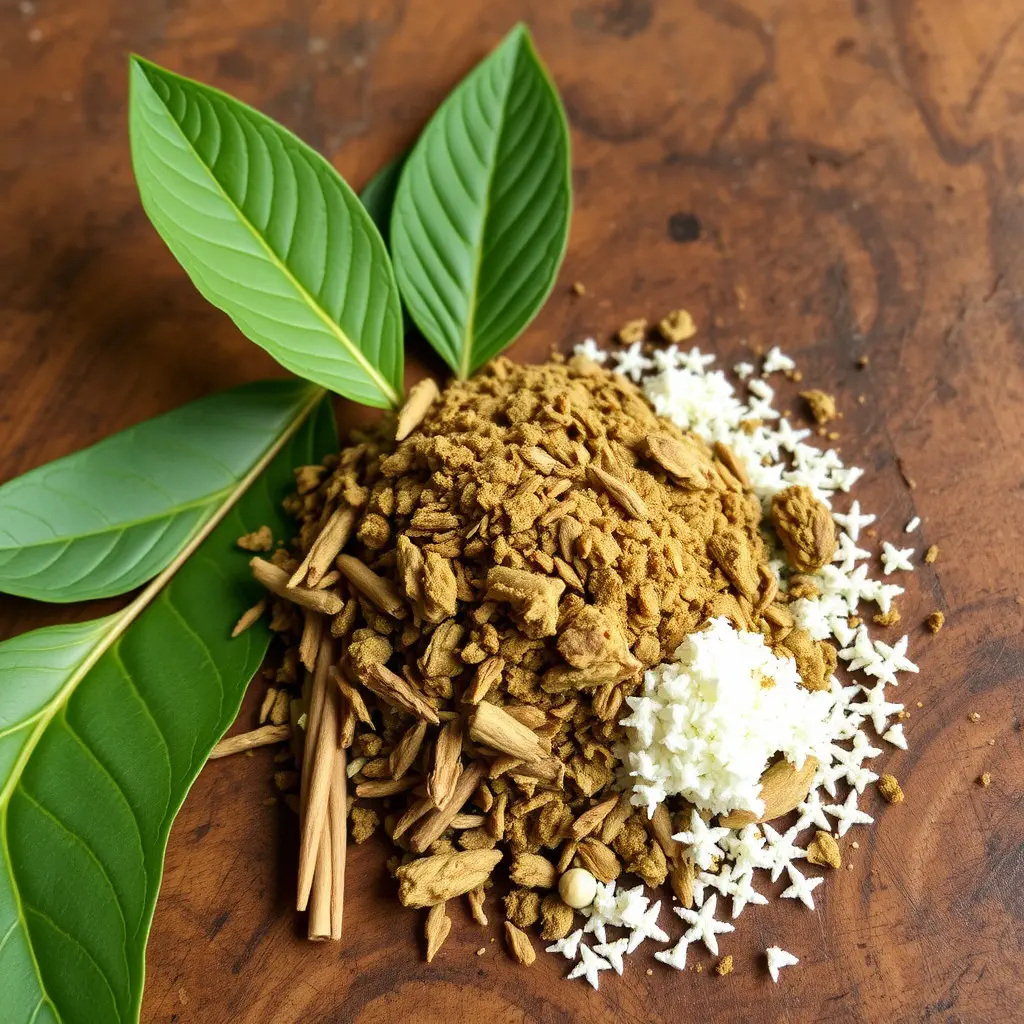The legal status of Kratom differs significantly between Vietnam and Indiana. In Vietnam, the enforcement of Kratom's legality is inconsistent, leading to confusion among consumers due to sporadic regulatory actions based on concerns over misuse. In contrast, Indiana has a clear legislative stance with its Indiana Kratom Law, which governs Kratom's sale and use within the state, with recent amendments that keep it legally accessible while imposing restrictions for consumer safety. This law mandates age restrictions, purity standards, and labeling to protect public health. The Indiana Kratom Consumer Protection Act of 2019 introduced stringent regulations that have reshaped the market, necessitating compliance from vendors with federal and state standards, including thorough testing for contaminants and accurate labeling. This has led to a more responsible and accountable Kratom industry in Indiana, with less compliant vendors leaving the market, resulting in a streamlined industry that prioritizes legal compliance and consumer safety. The distinct characteristics of Vietnamese Kratom, influenced by its local climate, are appreciated for their balanced effects, but consumers must navigate their own country's regulatory uncertainty.
Exploring the complexities of Vietnam Kratom Leaves, this article delves into the intricate legal landscape that shapes their availability, as outlined in the Indiana Kratom Law. From the origins and unique characteristics of Vietnamese Kratom to the direct effects of recent regulations in Indiana, we unravel how these factors influence both consumers and vendors. Join us as we navigate the evolving policies surrounding this botanical substance and shed light on its impact within the context of American legislation.
- Navigating the Legal Landscape of Vietnam Kratom Leaves and Indiana Kratom Law
- The Origins and Characteristics of Vietnamese Kratom Leaves
- Understanding the Impact of Indiana's Kratom Regulations on Consumers and Vendors
Navigating the Legal Landscape of Vietnam Kratom Leaves and Indiana Kratom Law

Navigating the complex legal landscape surrounding Kratom, particularly in Vietnam and Indiana, presents a unique challenge for consumers and policymakers alike. In Vietnam, Kratom leaves have been subject to fluctuating regulations, with authorities periodically cracking down on their use due to concerns over their psychoactive effects. The Vietnamese government has historically viewed Kratom as a drug of concern, and its legal status reflects this stance. This inconsistency in regulation can make it difficult for consumers to understand the current legal position regarding Kratom leaves within the country.
In contrast, the United States, specifically Indiana, has a more defined legal approach to Kratom through its state legislation. The Indiana Kratom Law explicitly addresses the sale and use of Kratom. As of recent updates, Kratom is legally available in Indiana but is subject to specific restrictions and regulatory measures. These laws aim to ensure consumer safety while also managing the public health implications associated with Kratom consumption. It’s crucial for those interested in Kratom products within Indiana to stay informed about these evolving regulations, as they can change over time. The legal framework in place is designed to balance accessibility and safety, reflecting a nuanced understanding of the substance’s potential impact on individuals and communities.
The Origins and Characteristics of Vietnamese Kratom Leaves

Vietnamese Kratom leaves, sourced from the Mitragyna speciosa tree native to Southeast Asia, have garnered attention within the botanical and herbal communities. The origins of Vietnamese Kratom are rooted in the diverse and lush landscapes of Vietnam, where the climatic conditions foster the growth of this unique plant species. Unlike its counterparts from other regions, Vietnamese Kratom is characterized by distinct alkaloid profiles, which influence its effects and potency. The leaves exhibit a balance between the stimulant and sedative properties found in Kratom strains, making them sought after for their potentially energizing effects as well as their ability to support relaxation and well-being. This unique characteristic is particularly appealing to users seeking a balanced experience.
The characteristics of Vietnamese Kratom leaves are further defined by the specific strains available, which can vary in hue from green to white to red veins. These variations dictate the alkaloid concentrations and, consequently, the effects one might experience. The climate of Vietnam plays a crucial role in the development of these plants, as the humid and tropical environment is ideal for their growth. This natural environment contributes to the quality and potency of the Kratom leaves, setting them apart from strains grown in different regions. As with any botanical product, it’s important to stay informed about local regulations, such as the Indiana Kratom law, which govern the use and sale of Kratom products. These regulations ensure consumer safety and promote responsible consumption within legal boundaries.
Understanding the Impact of Indiana's Kratom Regulations on Consumers and Vendors

Indiana’s Kratom regulations have significantly shaped the landscape for both consumers and vendors of Kratom leaves since the enactment of the Indiana Kratom Consumer Protection Act in 2019. This legislation, which amended previous laws, imposed strict guidelines on the sale and distribution of Kratom products within the state. For consumers, these regulations have tightened the availability of Kratom, necessitating a more discerning approach when sourcing this product. They must now ensure compliance with age restrictions, purity standards, and labeling requirements to safely access Kratom. The impact extends beyond mere accessibility; consumers are increasingly aware of the importance of purchasing from reputable vendors who adhere to state-mandated regulations, thereby ensuring the quality and safety of their purchases.
On the vendor side, the Indiana kratom law has imposed a series of challenges and responsibilities. Vendors must navigate complex legal frameworks to ensure their products meet both state and federal guidelines. This includes rigorous testing for contaminants, adherence to labeling laws, and maintaining records for tracking purposes. The regulations have also prompted vendors to educate themselves on compliance matters and to invest in quality control measures to safeguard their operations. As a result, the marketplace has seen a consolidation of vendors, with those committed to legal compliance and consumer safety remaining operational. This has led to a more streamlined and accountable Kratom industry within Indiana, with ongoing efforts to adapt to evolving regulations and consumer needs.
In concluding our discussion, it is clear that the legal status of Vietnam Kratom Leaves within the context of Indiana’s kratom regulations presents a unique situation for both consumers and vendors. The origins and distinctive characteristics of Vietnamese kratom leaves have been highlighted, offering insights into their potential benefits and uses. As of the latest updates to Indiana’s kratom law, users must navigate this evolving landscape with care, ensuring compliance with state regulations that continue to shape the market for these products. It is imperative for stakeholders to stay informed about the dynamic nature of these laws as they may undergo further changes over time. Understanding the current legal framework, as detailed in ‘Navigating the Legal Landscape of Vietnam Kratom Leaves and Indiana Kratom Law,’ is crucial for anyone interested in or affected by these regulations. Consumers and vendors alike must remain vigilant and informed to responsibly engage with kratom products under Indiana’s watchful oversight, as outlined in ‘Understanding the Impact of Indiana’s Kratom Regulations on Consumers and Vendors.’






